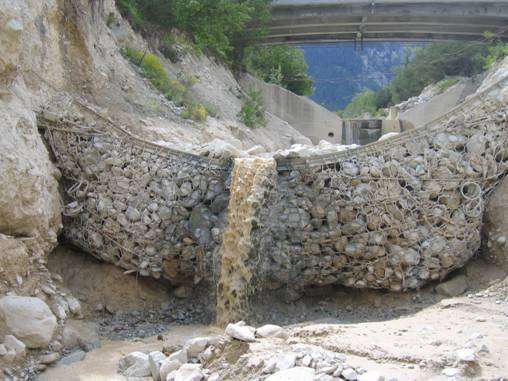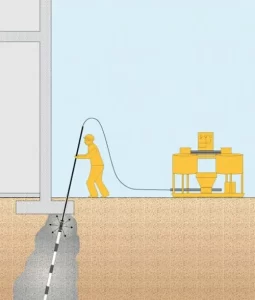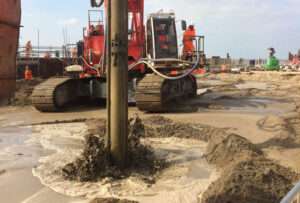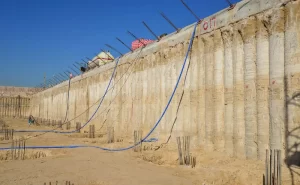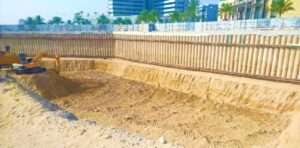Introduction
Debris flow barriers are critical protective structures designed to mitigate the destructive impact of landslides, mudflows, and rockslides in areas prone to geological hazards. These barriers safeguard infrastructure, roadways, and communities by intercepting and controlling the movement of debris, reducing the risk of catastrophic damage.
Causes of Debris Flow
Debris flows occur due to a combination of natural and human-induced factors. Intense rainfall, rapid snowmelt, volcanic activity, and earthquakes can trigger the movement of loose soil, rocks, and vegetation down slopes. Deforestation, construction, and land use changes can also destabilize terrain, increasing the likelihood of debris flows.
Types of Debris Flow Barriers
Several types of debris flow barriers are used depending on the specific conditions of an area:
1.Rigid Barriers: Made of concrete or steel, these barriers provide strong resistance against high-velocity debris flows and prevent their passage.
2.Flexible Barriers: Constructed using high-strength steel cables and mesh, these barriers absorb the energy of debris flows and slow their movement.
3.Check Dams: Small dam-like structures built across channels to trap sediment and debris, reducing the flow’s speed and impact.
4.Deflection Walls: Designed to redirect debris flows away from critical infrastructure and toward designated safe zones.
5.Retention Basins: Large containment areas that collect debris and sediment, preventing them from reaching roads or buildings.
Benefits of Debris Flow Barriers
The implementation of debris flow barriers provides numerous advantages:
- Protection of Lives and Property: Reduces fatalities and damage to infrastructure.
- Enhanced Slope Stability: Helps prevent further erosion and degradation of steep terrain.
- Sustainable Disaster Mitigation: Reduces long-term costs associated with repairs and emergency responses.
- Improved Safety for Transport Networks: Protects roads and railways in mountainous and landslide-prone regions.
Installation and Maintenance
Proper planning, engineering analysis, and site assessment are crucial for the effective installation of debris flow barriers. Regular inspections, debris removal, and structural reinforcements are necessary to maintain their functionality and longevity.
Conclusion
Debris flow barriers play a vital role in mitigating the impact of landslides and related hazards, ensuring the safety of infrastructure and communities. Through continued advancements in engineering and environmental management, these barriers contribute to sustainable risk reduction in vulnerable areas.


